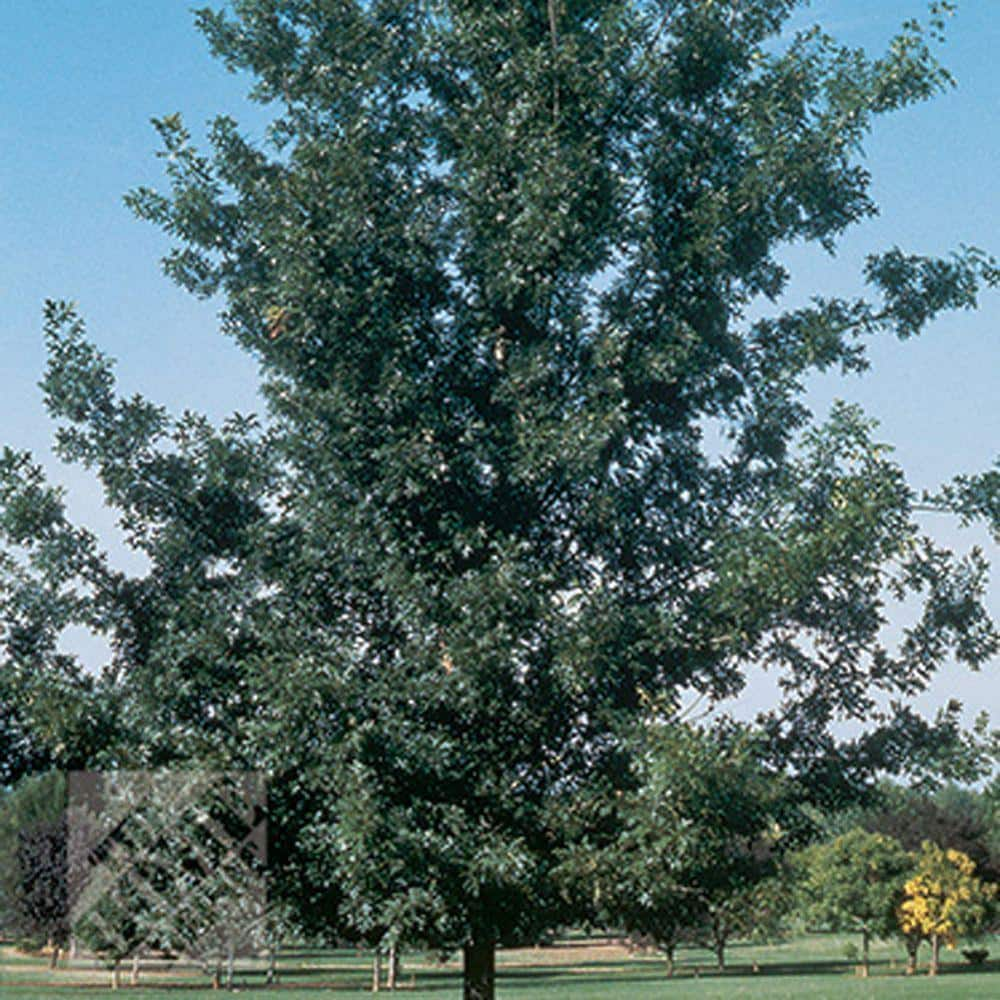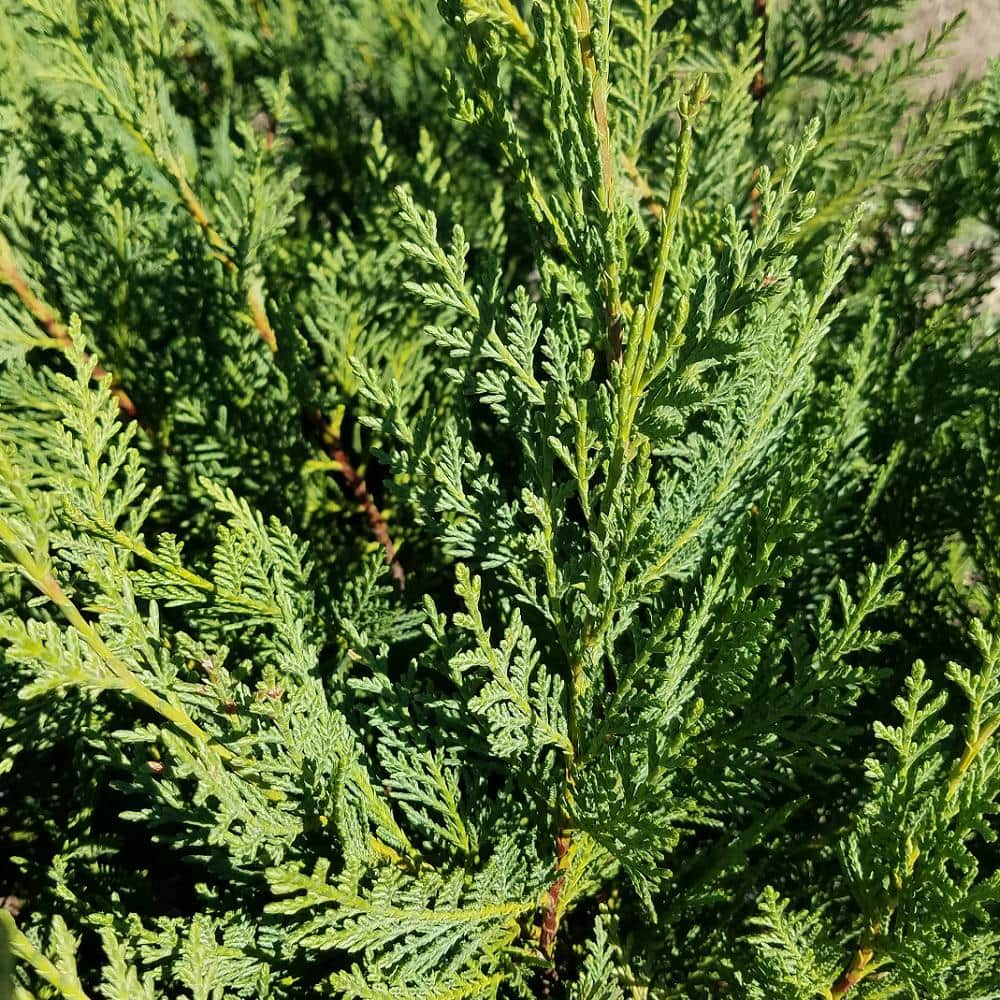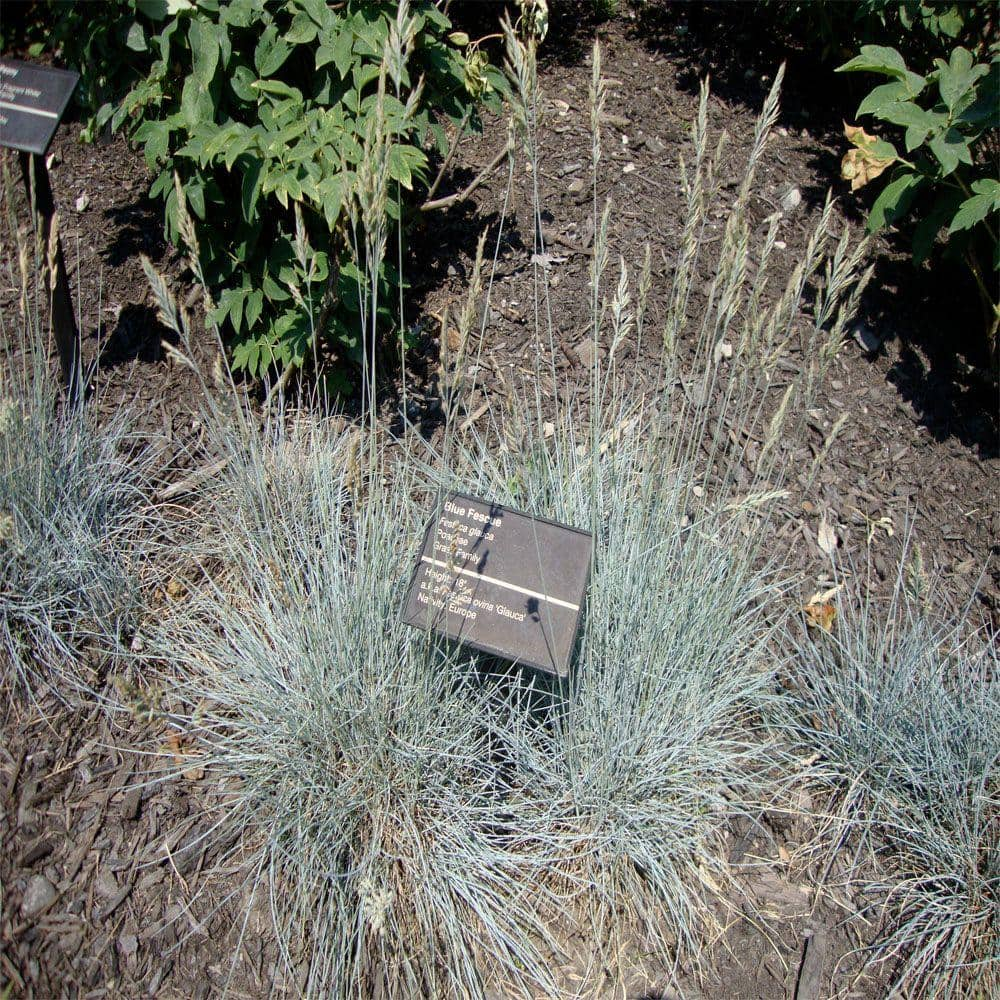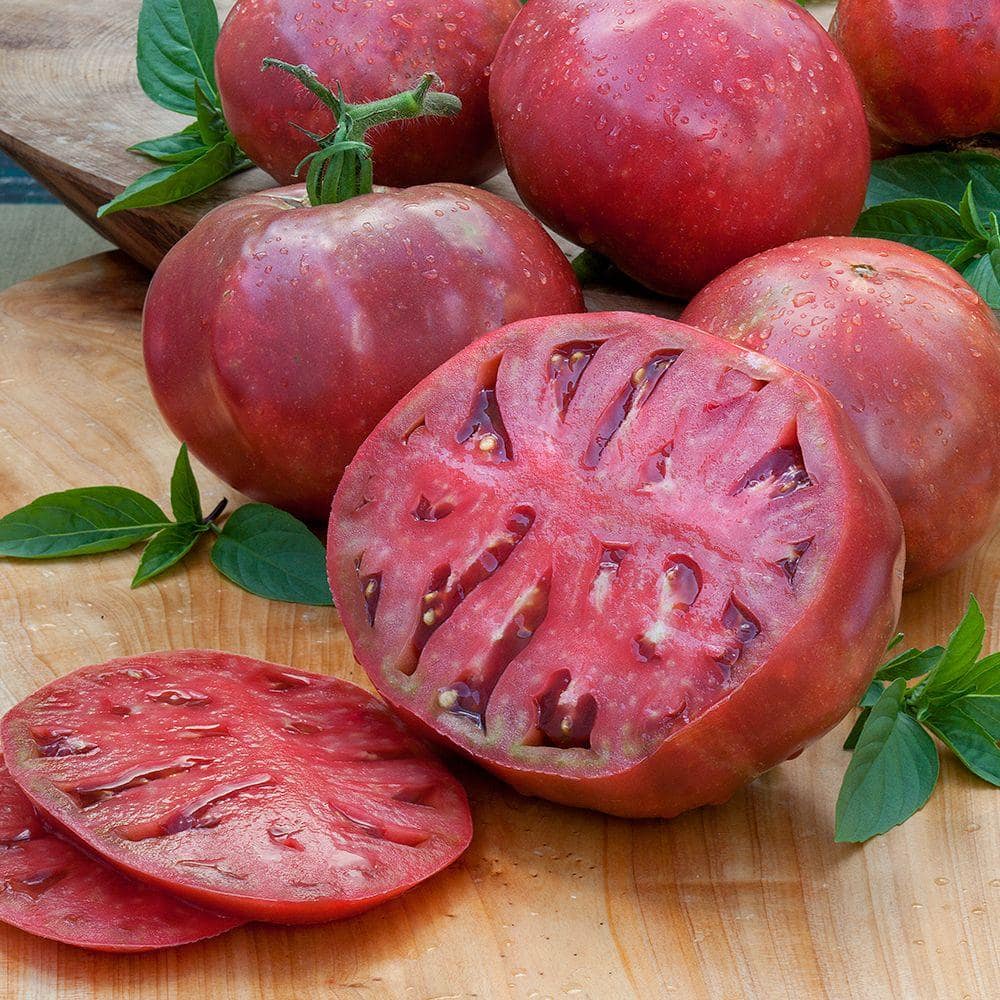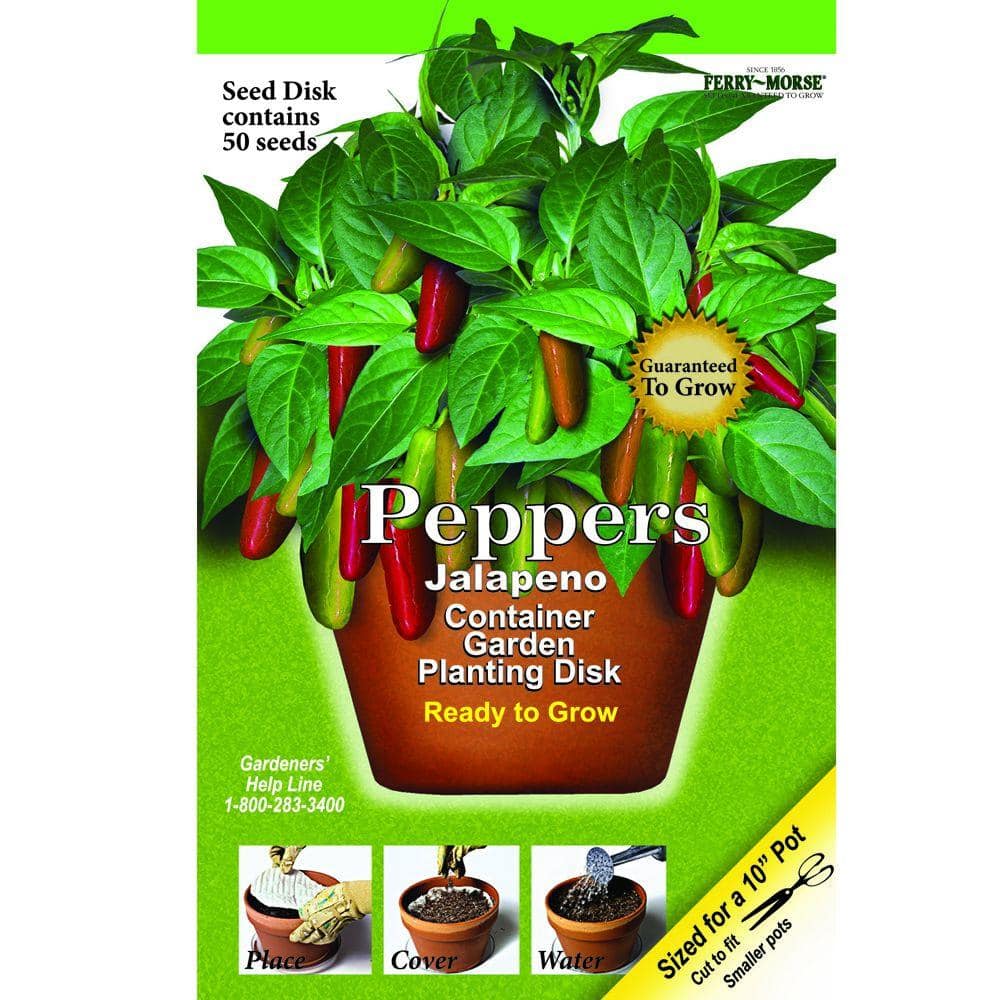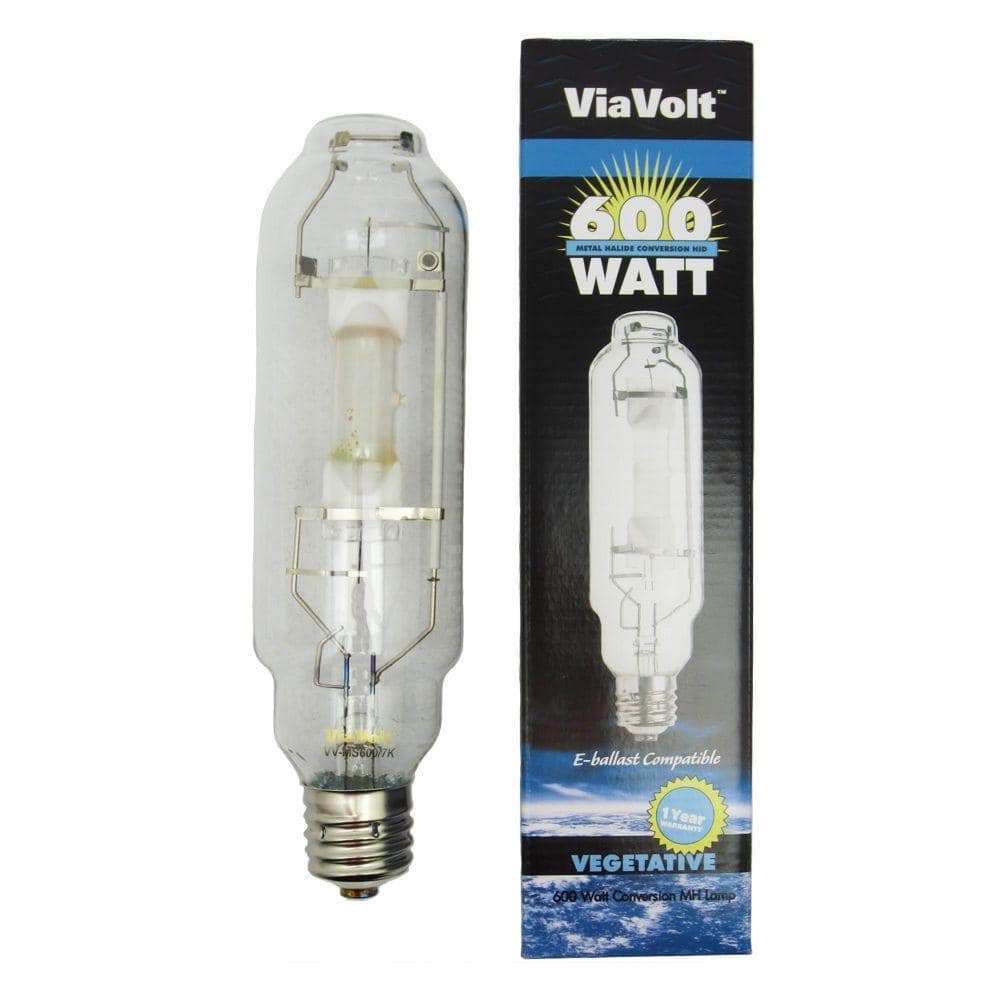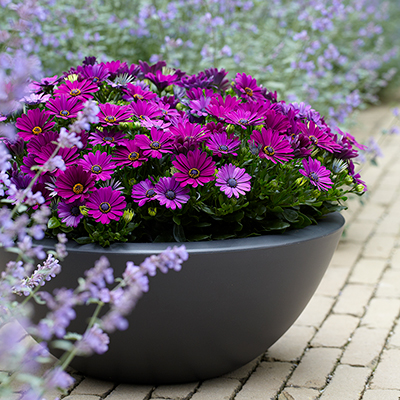How to Plan a Sensational 4-Season Garden
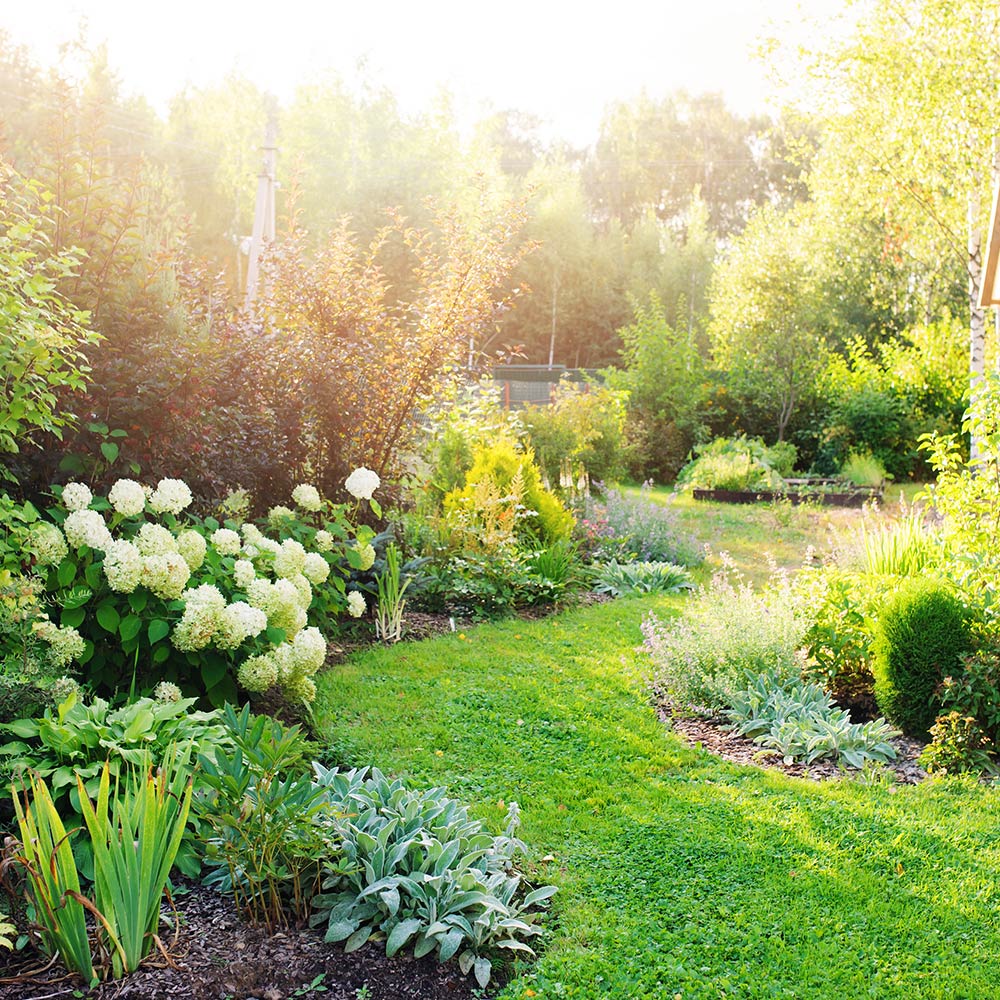
Last updated September 7, 2023
Gardening doesn’t have to be a one-and-done proposition. Start with planting tomato seedlings on Good Friday. Decorate for Mother's Day with colorful hanging baskets filled with annuals. On Labor Day, fill your garden beds with pansies and flowering kale. This is a good gardening year, but like a half-empty glass of water, there's always room for more.
This year, embrace the larger landscape and plan a garden for all seasons. Fill your garden space with interesting flowers, foliage and structure in winter, spring, summer and autumn. With thoughtful planning and smart shopping, you will create a beautiful, season-spanning garden.
The four-season approach will guide your gardening choices no matter where you garden. To learn more, we consulted horticulture experts for lessons in gardening year-round.
Table of Contents
Garden for the Senses and Seasons
Tune in to the Garden
Pick from a Broad Plant Palette
Observe Plants Across All Seasons
Select for Long-Lasting Looks
More Tips for Gardening for the Seasons
Garden for the Senses and Seasons
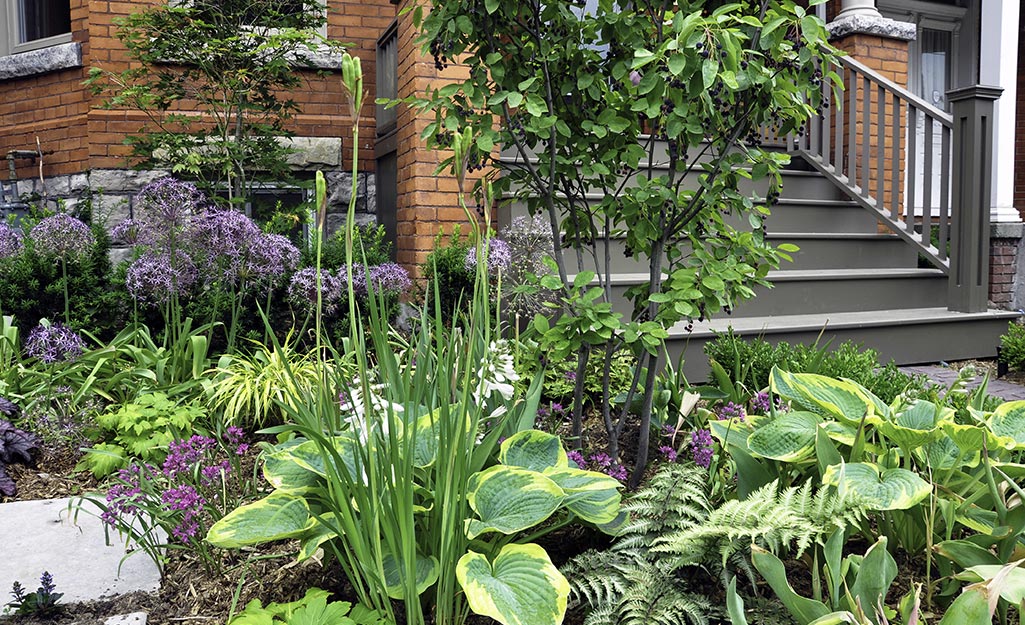
When you garden in harmony with the seasons, you discover unexpected music and movement in your backyard, says Tovah Martin. Martin is the author of “The Garden in Every Sense and Season,” (Timber Press) and gardens on seven acres in the Berkshire foothills of Connecticut.
Like the title of her book, Martin experiences her zone 5 garden via her senses in winter, spring, summer and fall. “Each garden has a Braille,” she says. “You feel your way through the garden.”
Planning her garden for wildlife led Martin to assign herself “touch days,” “smell days,” and “sound days” to focus on the plants. “When I started, I began to notice insects and birds. It opened up this portal in my garden that I hadn’t experienced before.” A four-season garden puts you in sync with the local ecology.
Tune in to the Garden
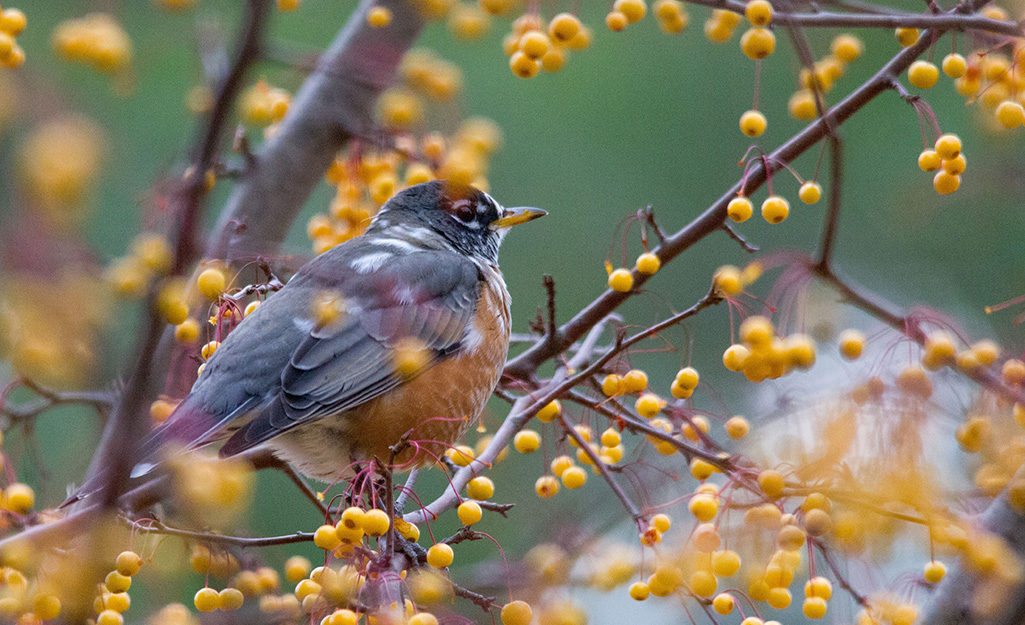
It’s not only what you plant, but how you take care of it that matters, Martin says. When pruning in fall, she makes sure that tree and shrub branches are strong enough to support birds while they snack on berries.
“You learn all kinds of things about gardening by really plugging in. Your garden will be so much more rewarding when you’re in tune with your garden,” she says.
Birds come to Martin’s garden to visit ornamental grasses like Little Bluestem. It emerges blue in spring and turns red in autumn. More favorites like native honeysuckle, sempervivums (hens and chicks), columbines, heuchera and pansies fill her garden.
Be a generous host, Martin advises. She mass plants pollinator favorites like Joe Pye weed, asclepias (milkweeds), echinacea, salvia, agastache and sedum ‘Autumn Joy’ for the bees and butterflies.
Pick from a Broad Plant Palette
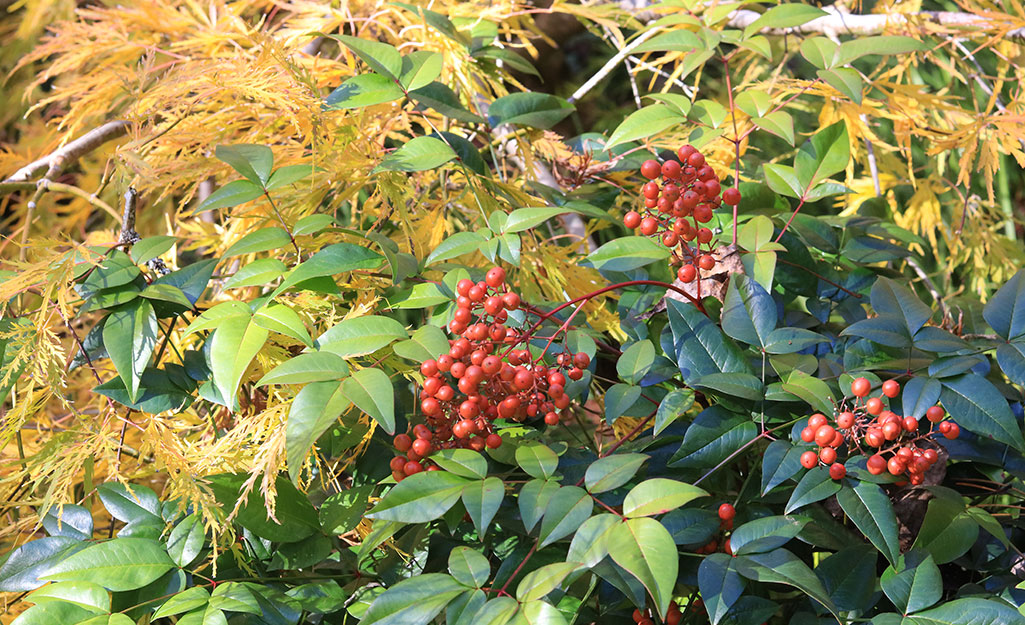
Erica Glasener, horticulturist and author of “Proven Plants: Southern Gardens” (Cool Springs Press) relies on “dynamic combinations of shrubs, trees, perennials, annuals and bulbs” for appeal across the seasons.
“By combining plants that complement one another and making sure that you have the right plant in the right place, your garden is bound to inspire throughout the year,” she says. Combinations like nandina, Japanese maple and bluestar (amsonia), delight year-round in zone 7 gardens, for example.
Glasener recommends the following plants for Southern gardens:
Plants for Shade:
- Agarista populifolia (Florida leucothoe)
- Callicarpa americana (beautyberry)
- Hydrangea arborescens ‘Annabelle’ (Annabelle hydrangea)
- Hydrangea quercifolia (oakleaf hydrangea)
- Illicium parviflorum (anise)
- Osmanthus fragrans (tea olive)
- Ferns (native ferns like Christmas fern and cinnamon fern)
- Non-native ferns like Autumn fern
- Polygonatum odoratum ‘Variegatum’ (Solomon’s Seal)
Plants for Sun:
- Trees like maples, oaks, hickories, dogwoods and fringe tree
- Edgeworthia (rice paper plant)
- Asclepias tuberosa (milkweed)
- Hemerocallis ‘Autumn Minaret’ (daylily)
- Lagerstroemia ‘Pocomoke‘ (crape myrtle)
- Iris ensata (Japanese iris)
- Kalimeris pinnatifida
- Phlox paniculata
- Rudbeckia laciniata ‘Herbstonne’ (cut-leaf coneflower)
- Rudbeckia subtomentosa ‘Henry Eilers’ (sweet coneflower)
Straddling both sun and shade are native azaleas. Glasener likes Rhododendron austrinum (Florida flame azalea), Rhododendron arborescens (sweet azalea) and Rhododendron prunifolium (plum leaf azalea).
In the Garden Center, read plant tags for specific care and planting instructions.
Observe Plants Across All Seasons
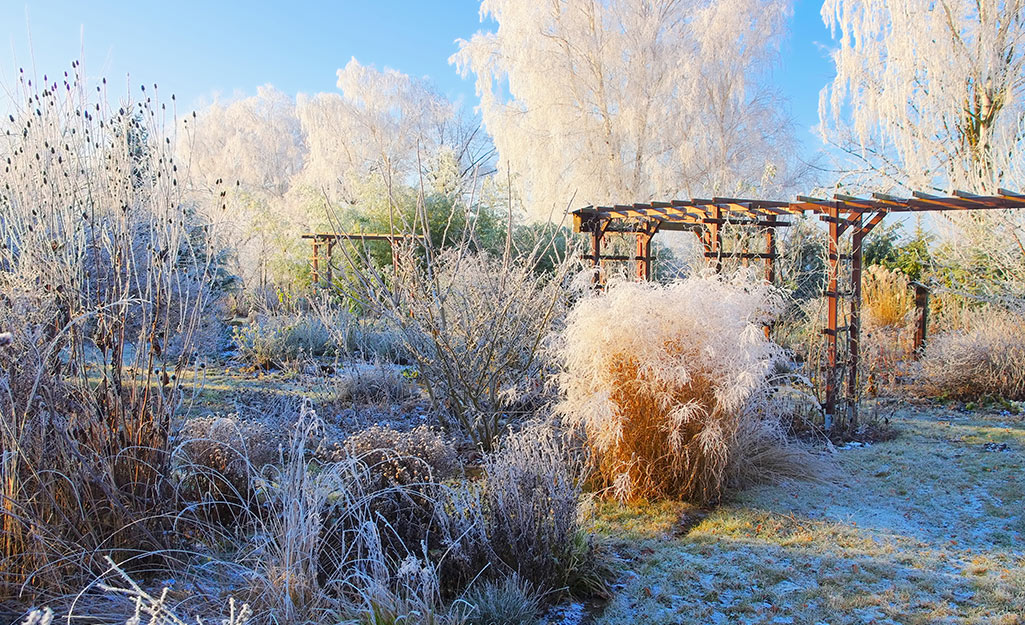
Edward Lyon recommends seeking inspiration for your four-season garden in nearby public gardens. He's the author of author of “Growing the Midwest Garden” (Timber Press). Lyon recommends tried and true sources like Cooperative Extension publications and gardening books.
Lyon’s criteria for plant selection: First, choose plants that thrive in the Midwest extremes of hot, humid summers and cold, low-humidity winters.
Shop for plants in spring, and throughout the year. “If you shop only in the spring, you will be attracted to those plants in bloom at that time, and you will miss buying for all four seasons,” he says. The best gardens are a mix of plants that shine in spring, summer, fall and winter.
Select for Long-Lasting Looks
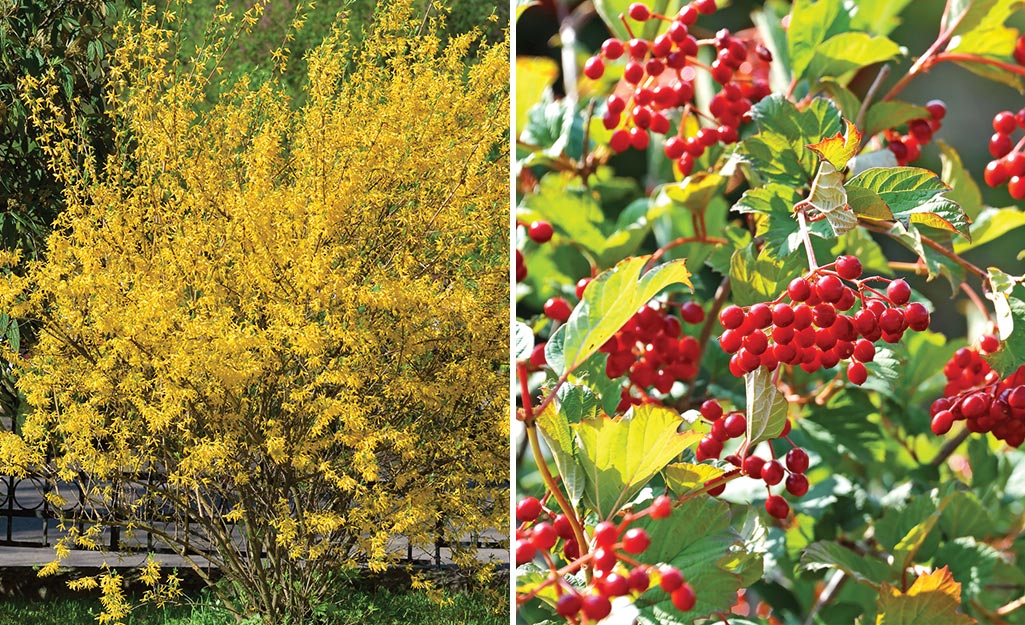
For illustration, Lyon contrasts forsythia and viburnum. Forsythia (left) bursts on the scene in early spring with a blaze of yellow blooms, before fading into 50 weeks of gangly branches. On the other hand, viburnum (right) blooms in spring, grows glossy green foliage in summer and bears red fruit in fall.
The garden year doesn’t end when leaves fall. In the bleak and brown winter landscape, Lyon looks for trees and shrubs with interesting bark and winter fruit. This is when conifers come into their own, after deciduous trees have long dropped their leaves. The bones of some perennials and ornamental grasses stand through the winter and offer architectural interest, and a habitat for the birds.
More Tips for Gardening for the Seasons
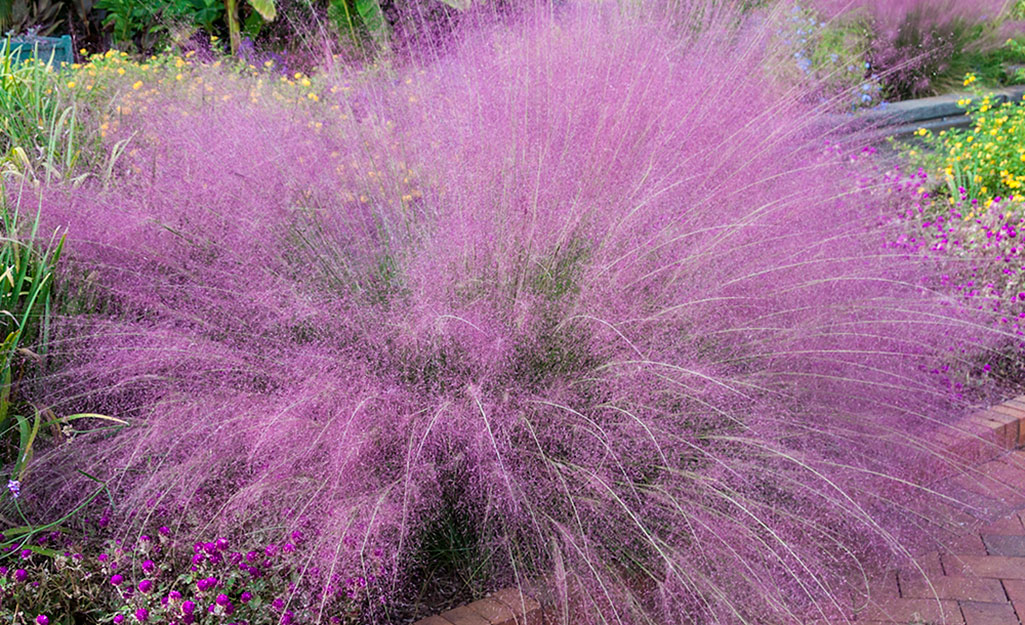
- Support wildlife by putting out bird feeders and bird baths.
- Grow groundcovers like ilex verticillata (winterberry).
- In the right kind of garden, moss can be spectacular. Martin leaves patches of moss in lieu of lawns.
- Plan ahead for the next season. Choose spring flowering plants that return in fall with spectacular color.
- Grow self-sowing annuals like foxgloves, larkspurs, columbine, poppies and love-in-a-mist.
Grow Vegetables in All Seasons

Remember taste in your four-season garden. Martin sows lettuce much of the year, especially early spring and late fall.
- Extend the growing season for edibles with cold frames and row covers.
- Try growing microgreens in winter, like Martin. She grows pea sprouts and pea shoots in south-facing windows. In the darkest days of winter, she’ll use an LED grow light in a task lamp attached to a worktable.
Fill your year with the joy of gardening when you plan a four-season garden. Whether you need the right planters, seeds or potting soil, The Home Depot delivers online orders when and where you need them.

